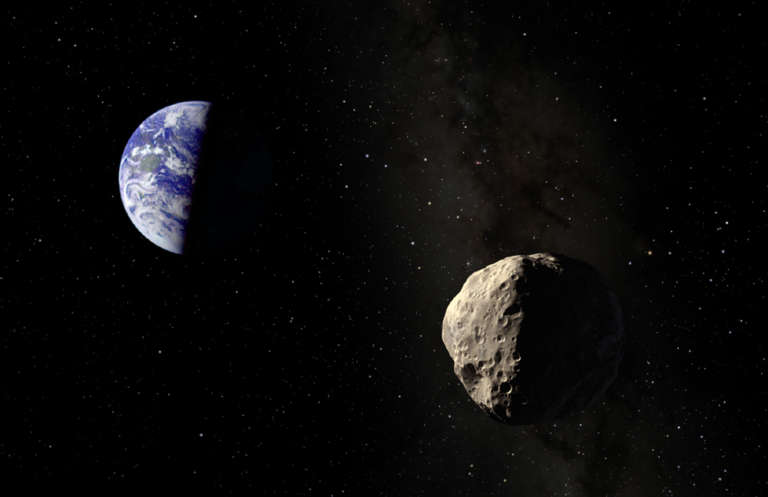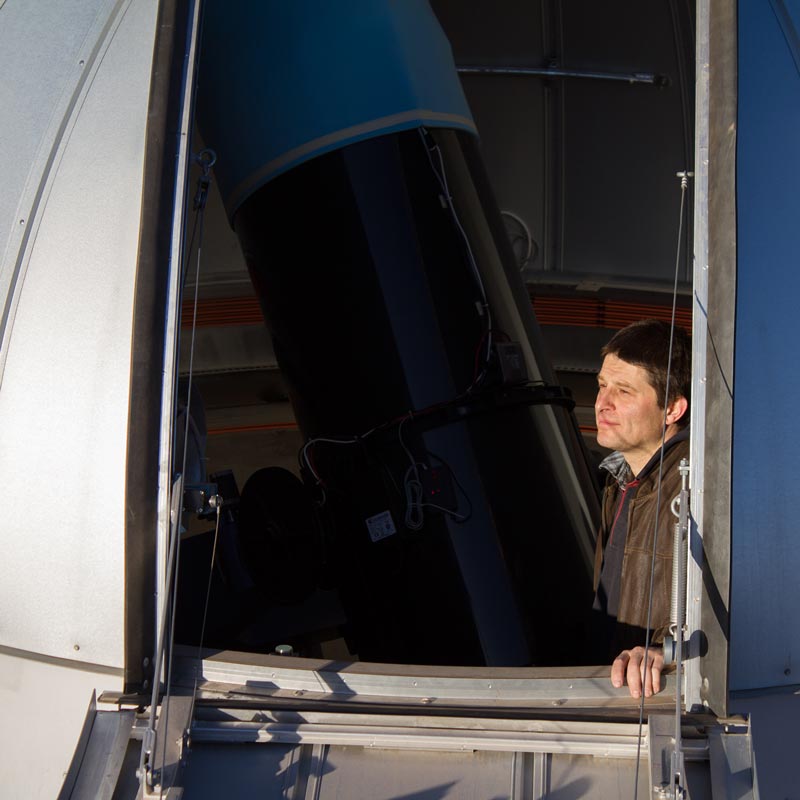Bruce Betts • Jun 30, 2015
Five steps to prevent asteroid impacts
Defending the Earth from dangerous asteroid and comet impacts takes five steps, all of which need to happen concurrently.
1. Find
If we don’t know an asteroid is there, we can’t prevent its impact. The further ahead of an impact we find a threatening asteroid, the more options exist to change its orbit so it won’t hit the Earth. The good news is the rate of discovery is going up. We are doing quite well at finding asteroids big enough to cause global disaster. But much remains to be done to find a majority of the smaller asteroids still capable of causing regional disasters.

2. Track
Even if we find an asteroid, how do we know if it is going to hit the Earth? We need to track it – get lots of telescopic observations over days, months, and years, each of which helps us refine the predicted orbit of the asteroid. Without sufficient observations, sometimes needed quickly after discovery, asteroids can even be lost: the orbit is so uncertain we don’t know where and when to find them again.
3. Characterize
To both understand specific asteroids in case we need to deflect them, and to more broadly understand the asteroid population, we need to characterize the asteroids: collect many telescopic, and occasionally spacecraft observations, that can tell us things like spin rate, composition, physical properties, and even whether what at first appears to be one asteroid is actually two: a binary pair. Asteroids are highly variable, including in ways that could affect missions to deflect or disrupt an Earth-threatening asteroid.
4. Deflect
If, or really when, an asteroid is found to be on a collision course with Earth, what do we do? This is not a topic you want to first consider when an asteroid is bearing down on Earth with the capability of wiping out a city, or creating a gigantic tsunami. There are a variety of possible asteroid deflection techniques in various states of readiness, but all need more development and testing. There are fewer options with short warning times and/or larger objects, and more options with additional warning time and smaller objects. Techniques include the slow gravity tractor (spacecraft gravity pulls the asteroid), to the mid-range kinetic impactor (slam one or more spacecraft into the asteroid), to developing techniques such as laser ablation (vaporizing rock to create jets that push the asteroid), to last resort shorter warning nuclear options (nuclear disruption, or stand-off nuclear ablation: rapid vaporizing of rock on one part of the asteroid).
5. Coordinate and Educate
No matter how you look at it, an asteroid impact is an international issue that requires international coordination. Any impact will require international disaster response. Threats will require international coordination on what spacefaring countries will do what to prevent an impact. And, sticky situations will arise. For example, when you deflect an asteroid, as you move the target point off the Earth, you move it across the Earth first, so an asteroid targeting London might need to have its target point cross, say, Moscow on its way to getting it off the Earth. For all these reasons, international coordination ahead of time is critical. And, international education about the asteroid threat is required at all levels, from policy makers, to disaster management agencies, to the general public. It is important for all to be aware of the level of threat and its potential to be prevented. Dangerous asteroid impacts occur rarely, but they will happen with disastrous consequences, unless we stop them.

The Planetary Society works to defend our planet by advocating to policymakers, educating the public, and supporting the work of astronomers who find and track near-Earth objects. Join today and help us reduce the risk of dangerous asteroid impacts.
Become A MemberEditor's note: This post was updated April 22, 2021.
Support our core enterprises
Your support powers our mission to explore worlds, find life, and defend Earth. You make all the difference when you make a gift. Give today!
Donate

 Explore Worlds
Explore Worlds Find Life
Find Life Defend Earth
Defend Earth


